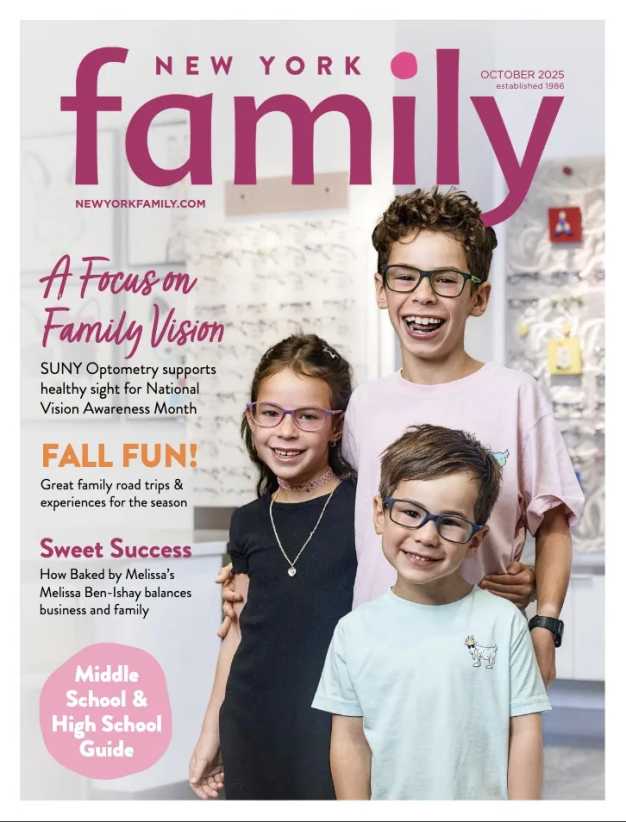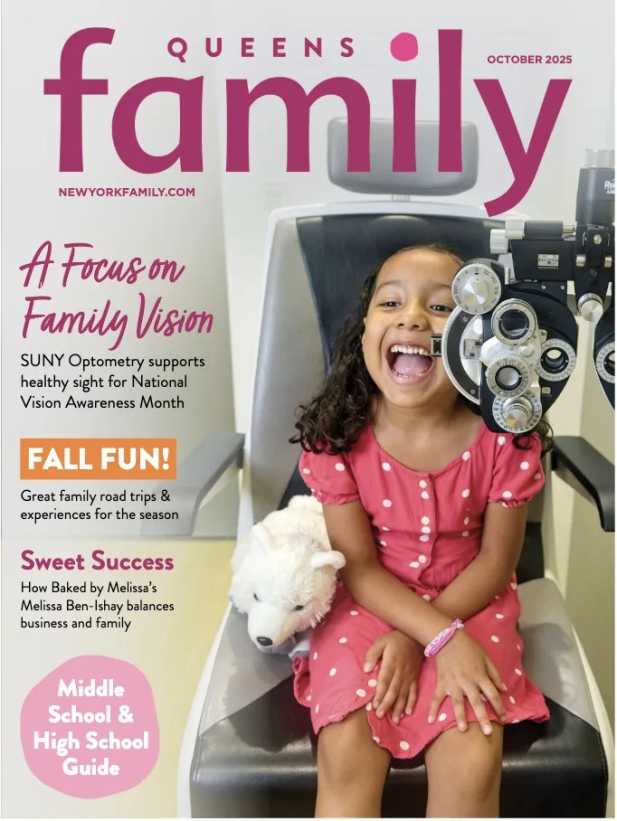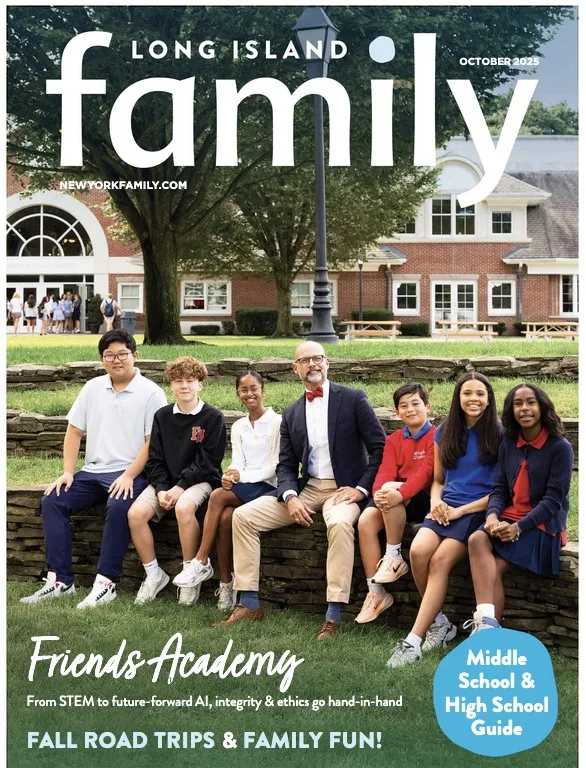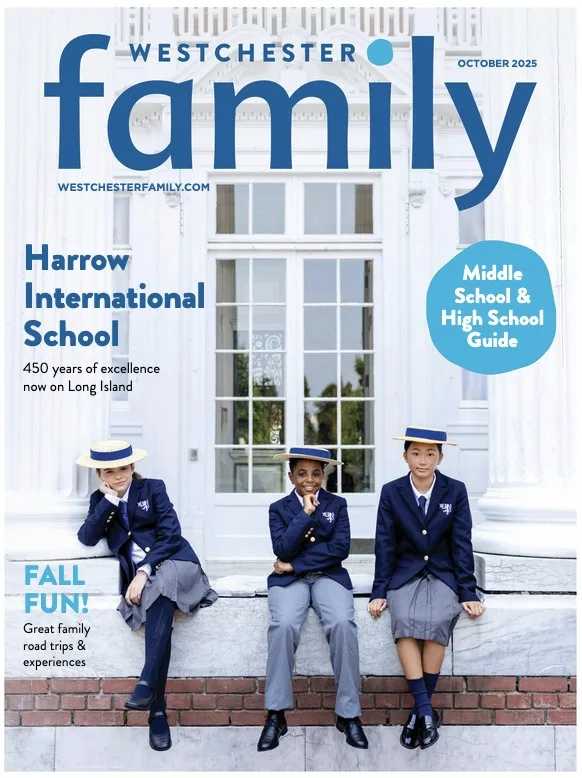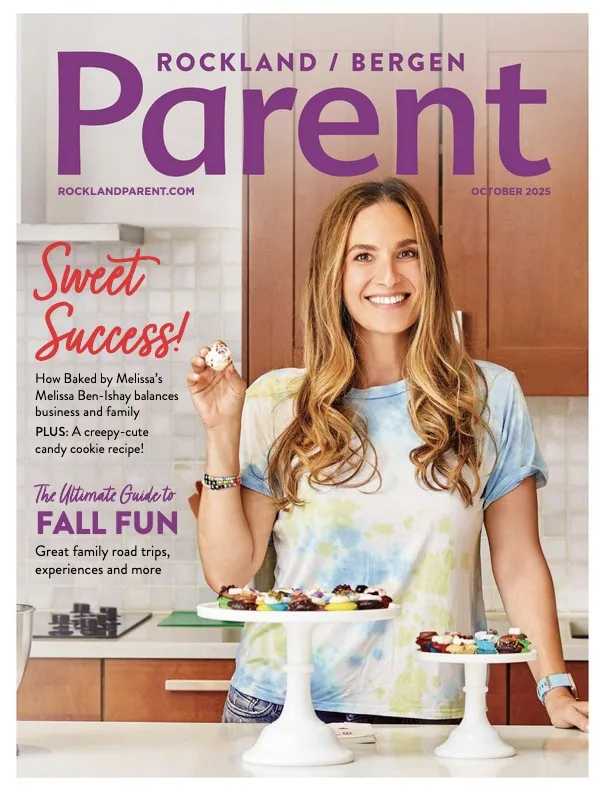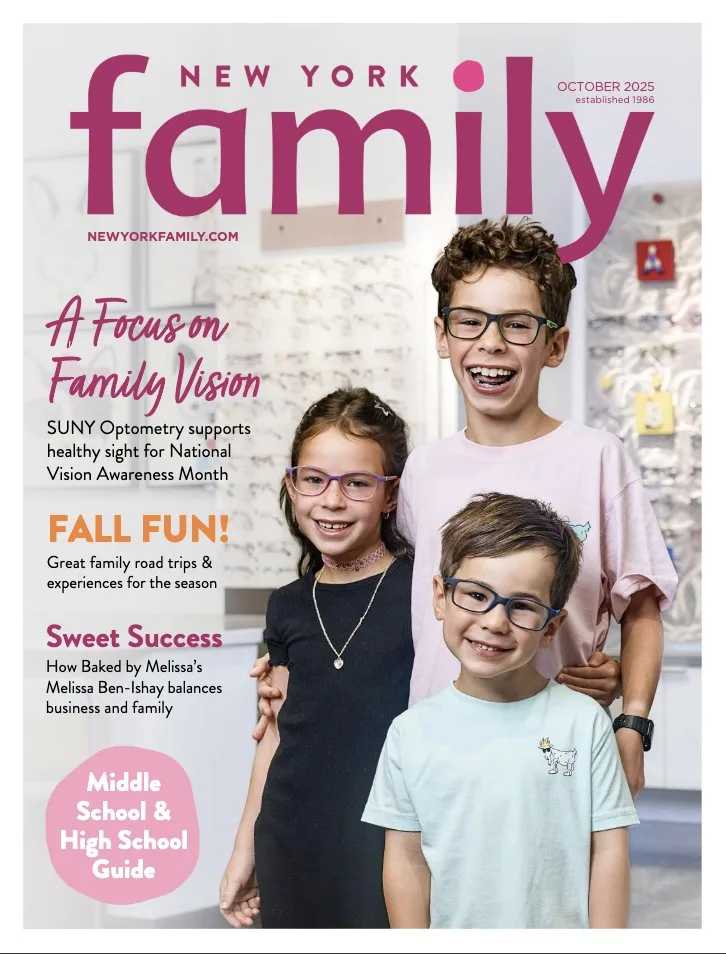 “I want to be homeschooled,” said my then-14-year-old daughter Meg.
“I want to be homeschooled,” said my then-14-year-old daughter Meg.
Her request was greeted with a resounding, “No.”
As I lack the gifts required of an educator, I’m not equipped to teach her at home or anywhere else. As a freelance writer who works from home, I also can’t have my daughter and an actual tutor here with me all day. I know proponents of the homeschool model will disagree, but I also personally think it would be too isolating.
My husband, Neil, and I both come from traditional, parochial backgrounds and wanted to pass what we experienced on to both Meg and her older brother, Luke.
Luke slid into to the traditional model as easily as Neil and I had decades ago. Then it was Meg’s turn.
Right off the bat it was clear that there would be no blue blazer/plaid skirt for her, which I documented for New York Family a few years ago. Her free spirit was not welcome in the immediate compliance world to which Luke carried his backpack everyday.
Meg was officially diagnosed with ADHD ate age eight, but I had started to suspect as much when she was about four. In dance class, she preferred to hang from the barre (sometimes upside down) instead of doing the five positions with all the other ballerinas. Because of this and some speech delay issues she was having, we were directed to schools for kids with special needs. Although the smaller classes, as well as in-house services like speech therapy, seemed to make those surroundings a good fit, the actual model was still a traditional one: a full 9am to 3pm day, homework, competition for the teacher’s attention, etc.
She fared better in that environment than she would have in a more demanding mainstream school, but she still felt like the square peg. It was an odd predicament: even on her ADHD medication, she could not focus and contain herself to the degree expected in mainstream; yet her “special needs” were not severe enough to merit a special ed environment.
With no other choices, I did the best I could to help her try to adjust and fit into the round hole. But as she got older, Meg craved the feeling of fitting in.
Two months into ninth grade, Meg started her homeschool chant. When I explained to her my reasons against it, she reminded me of a school we had looked into at the end of eighth grade.
She was talking about Fusion Academy (New York Family‘s March Issue). I had sent for their brochure at the beginning of last summer when I saw an ad announcing the West Coast school’s new East Coast opening. I confess I only skimmed the materials.
I had started to read with interest, but got distracted by words like “alternative” and callouts describing how students could make their own hours (the school is open from 7:30am to 9pm), attend year round, have no classes on Fridays, and have teachers all to themselves, which made me wonder, “How will she have friends in school if no one’s in her class?” I rolled my eyes, chalked the place up to some flakey, Kool-Aid serving, California commune way of educating and threw their folder in the garbage.
Now though, upon Meg’s insistence, we went to their website, which I read a little more carefully, and saw that there was an open house the next day. We reserved our spots. (I still secretly expected to be greeted by a drum circle.)
“It feels like home to me,” Meg said as we left the school after our tour. Neil and I talked about it, over Meg’s continual loop of “I want to go,” and decided it was sort of the best of both worlds: the benefits of homeschooling, except not in our home.
As of this writing, Meg is in her seventh week at Fusion. The one-to-one method makes it easier for her to focus, doesn’t require that she stay in her seat the whole time, and also feeds her love of attention. As the wee hours are not her friend, Meg chose a mid-morning start time. She has yet to have a Friday off, because the school is open half day so students can go in and work on on-going projects or unfinished assignments, of which Meg is often guilty. As promised in their literature, the completion of homework in school has brought a peace to our evenings we have not known in over a decade.
Even though Meg has taken to the tutor model like a cheerleader to the top of the pyramid, and has indeed made friends (so much so that she has to do her homework in the “silent” homework café as opposed to the more social one), I’m still adjusting.
For over five decades, I’ve lived in an academic world of uniforms, inflexibility and putting the group before the individual. This school is more than outside my comfort zone, but I’m willing to take the risk because I believe it’s inside Meg’s.
Fusion’s motto is You’ve Never Been Schooled Like This Before and indeed, it’s true for us. And I, as much as Meg, look forward to learning something new.
Lorraine Duffy Merkl is a freelance writer in NYC and author of the novel, FAT CHICK. Learn more about her writing at lorraineduffymerkl.com.
